
Sokkal több módon lehet olvasni híreket anyagot ezekben a napokban, hála az internet. Az Internet lehetővé teszi hírek könnyű eljutni, igénylő nem más, mint a kattintás az egérrel, vagy a érintéssel. Az internet ad nekünk sok több helyen, hogy megkapjuk a híreket, hogy ez-e az online változata a kedvenc újság, kedvenc blog, vagy egy a sok szociális média. Az Internet is lehetővé teszi számunkra, hogy összpontosítson mélyebben a hír, hogy igazán számít nekünk, és egyszerűen figyelmen kívül hagyja a hír, hogy nem. Óta 2008, több ember ütött a hír az interneten, mint a napilapok, és az utóbbi továbbra is csökken.
Szóval mit jelent ez a jövő a nyomtatott újságok, hogy folyamatosan halmozódnak a konyhaasztalon, vagy hogy kidobják gyakran bontatlan? És ha a felnőttek olvasás kevesebb a nyomtatott verzió, what will the younger generations be doing in the not too distant future?
If you are creative and innovative enough, you can re-invent any business in decline, jobbra? Even the struggling business of printed newspapers? The creators of America’s bestselling curriculum-based product, Brain Quest, are proving that when it comes to kids and even their parents — igen, tudsz.
Using the funds made in America from Brain Quest értékesítés (the phenomenon celebrates its 20th anniversary this year with 36 million copies in print), Play Bac launched My Daily, the first daily newspaper for kids, a 1995. Le Petit Quotidien és L’Actu followed in 1998. The three dailies currently have about 150,000 subscribers and 2 million readers in France.
Editor-in-chief and co-founder of Play Bac, Francois Dufour, recently chatted with me about his follow-up to Brain Quest and why he believes there is a future for printed dailies for kids.
What do you believe is so unique about your proposition for kids?
We have no competition in France. Le Petit Quotidien (7 years and up), My Daily (10-14 év), és L’Actu (14 és fel) are the only daily papers available for kids aged 7 a 17, 6 days a week. Our concept is about getting kids to read for at least 10 minutes a day. In terms of our uniqueness? How about 99 percent of our readers keep all the issues. And how about 1 father out of 2 és 2 moms out of 3 also read our newspapers for kids.
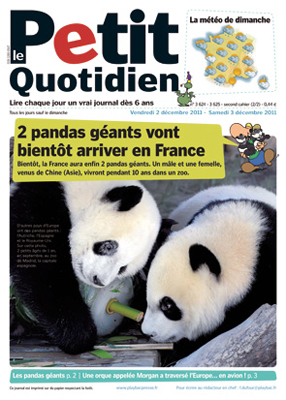
Why do you think kids enjoy them so much?
Kids love them because the content is not adult news explained to kids! It is news a nine or 12 vagy 15 year-old is interested in. We seldom feature an article on the same day it is published in adult news. One exception was the day bin Laden was killed. Is, I think kids like the fact that our papers are short (four to eight pages long). Our papers are also very visual. Végül, the journalism in our newspapers is serious. It is not childish.
Paper newspapers in this country are experiencing declines in their audiences. Can you give some examples of the kind of strong content you believe is attracting your audience?
I do a monthly survey of each newspaper with a panel of 200 readers. We’ve discovered that the youngest readers like to read incredible animal stories in the news. The next age level of readers likes to be surprised by news. An example of this is news that reveals new records, new discoveries, or new inventions. Our oldest readers like news about injustice, such as stories about the death penalty or DNA mistakes. And all readers like “parlez-moi de moi” stories, meaning stories about my daily life at school or at home where I (the reader) can identify with someone in the news.
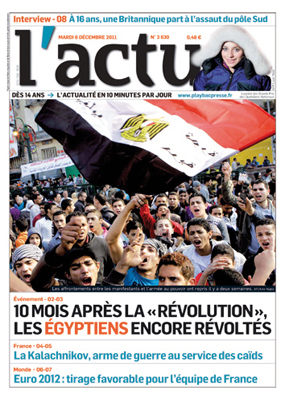
Are you intending to launch your newspapers for children on the Internet in the near future?
Először is, we will stay on paper because our audience really prefers to read on paper. Please note I said our audience prefers to “read” on paper not “communicate.” Második, parents want their children to stay away from the Internet for at least 10 minutes a day. Parents don’t ask kids to read our newspapers. Parents just subscribe to them. Végül a papír érkezik a postás minden reggel. A szülők nem fizetne egy másik internetes tevékenység!
Hogyan látja a fejlődését az újság piaci Franciaországban és Európában a nyomtatott gyermekek újságok, online hírek, és letöltések a eReaders az elkövetkező 3 a 5 év?
Azt gondolom, a bevételek tovább fog növekedni a tabletták és eReaders. A újságot letölthető egy éve már. De most már csak 150 olvasók naponta app.
Milyen lehetőségek vannak üldöztök nemzetközi és mik a eddigi eredmények?
We have licensees in English in Hong Kong and we are now expanding in Asia. We are also published in Arabic in Qatar. We’ll be expanding soon to other parts of the Middle East. We also do a weekly “best-of” francia egy svájci vasárnapi lap, és angol nyelven egy indiai újság.
Milyen életképes szerepet hiszel a nyomtatott újságok játszhat a skáláját öleli nyújtó hírekről a következő húsz évben?
I believe some older people will continue to read on paper (a luxury). Nál nél 49 years-old (before getting old!), I have given up paper for the iPad. When everybody has a tablet, I do not see a use for paper. Azonban, the viable role is still the editor. People can choose to build their own news sources for instance on Twitter. But nothing replaces a good editor, és Hozzátenném, egy jó vizuális szerkesztő, creating the news for the reader so that it makes enjoyable and interesting reading.
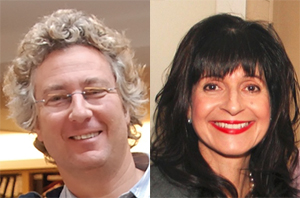
Photos courtesy of Play Bac.
Hogyan fogjuk olvasása? Közösségi oldal
További Hogyan fogjuk Olvasd? cikkek: Kattintson ide
C. M. Rubin a szerzője a széles körben olvasott internetes sorozat, “A Global Search for Education,” és szintén a szerző három eladott könyvek, Beleértve “The Real Alice in Wonderland.”


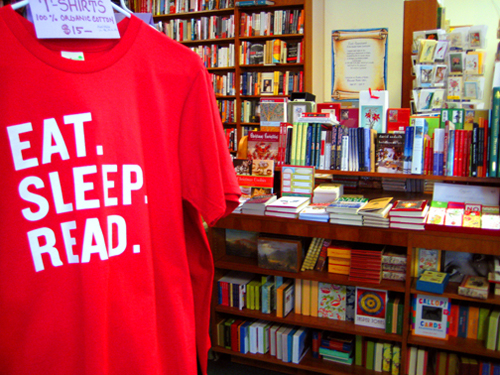

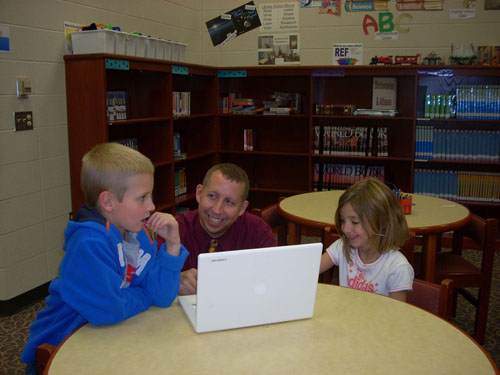
Legutóbbi hozzászólások